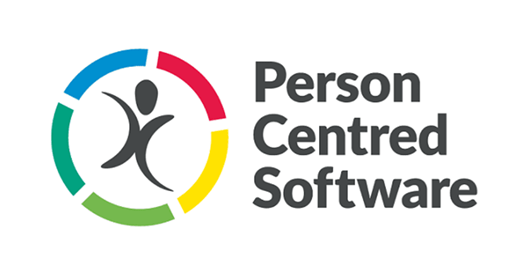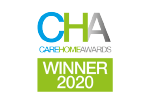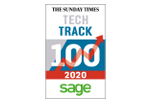
Published in Care Home Professional
The world of social care is adopting technology at an unprecedented rate, which hopefully these Tech Talks have helped facilitate. Whether digital care, acoustic monitoring, smart call bells, electronic medication, remote monitoring or a plethora of other increasingly sophisticated products, the choice can be almost bewildering.
The goal for a care provider is for the products to deliver maximum benefit with minimum overhead on managing the technologies. A call bell system that sends alerts to smartphones is better than one that rings bells across the care home - but if the staff have to enter notes into the digital care system manually then an opportunity to improve efficiency has been lost.
In the ideal world, any information captured in one product needs to be made available to any other product where the information would be beneficial. However, if a care provider who has currently not implemented any technology is looking for a completely joined-up solution then they will be tied up in endless knots trying to find the perfect solution, and by the time they have got to the end of this process, the products will have changed, and many months or years will have been lost. It is better to implement something and get the benefit than endlessly evaluate a solution to everything. On the other hand, no one wants to select new technology and find out that it can’t integrate with the next piece of technology that they want to implement. Whilst no technology can be guaranteed to work forever, no one wants to get a product embedded into an organisation and then need to replace it if this can be avoided.
The solution to this dichotomy is to operate based on two rules when selecting a digital product. The first is that the product delivers the results needed within itself because reliance on links to other products creates complexity and fragility - and care providers need systems they can rely on to do their basic job day in, day out. Secondly, select products that can integrate with as many other products as possible, including from suppliers that are not connected, because this will give maximum flexibility in the long term and reduce the likelihood of having to replace any product as the interoperability between products increases.







.webp?width=80&height=80&name=HTD%20Awards%202023%20Badge%20(4).webp)














